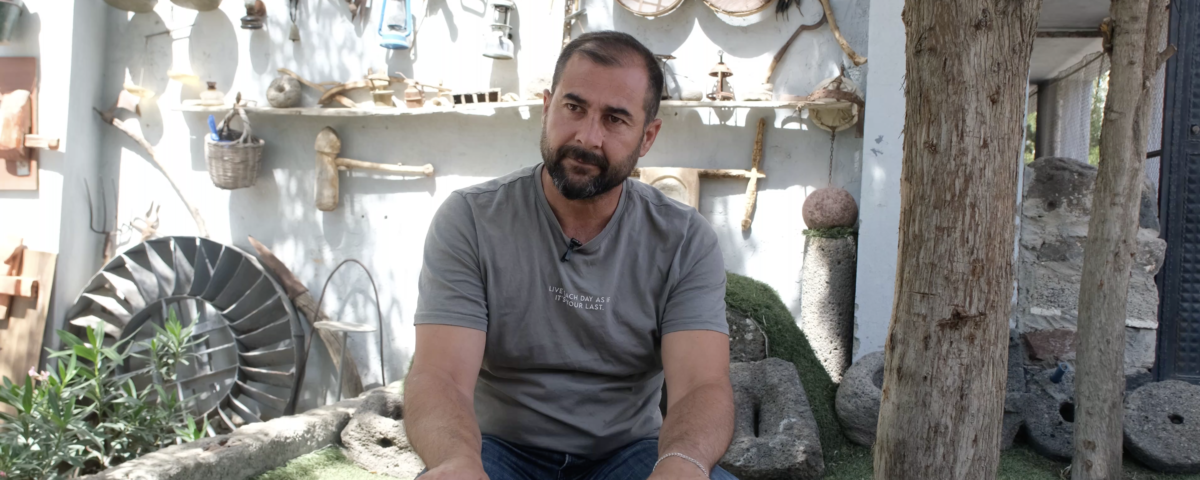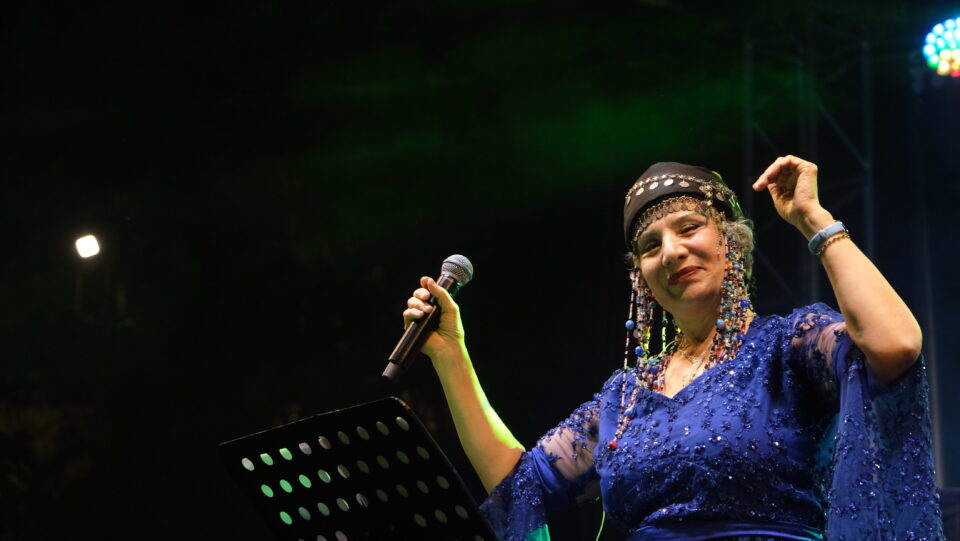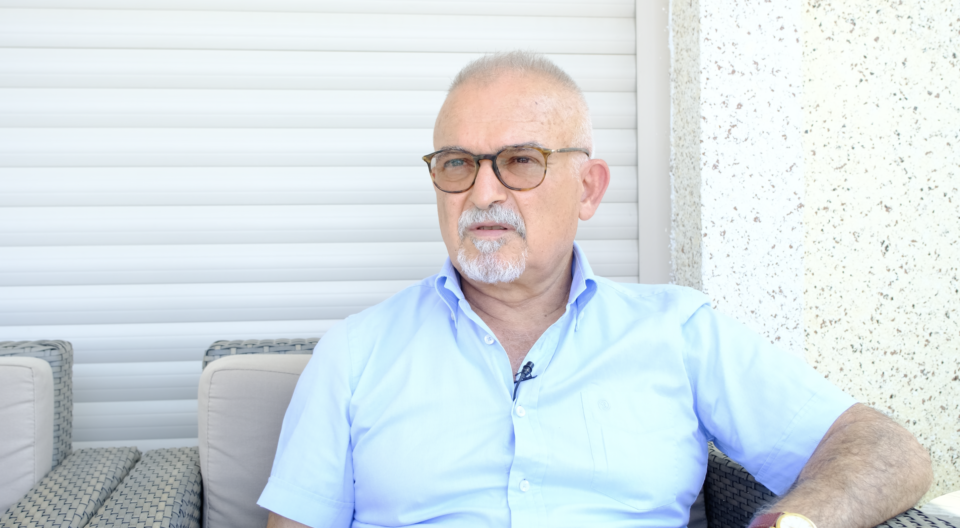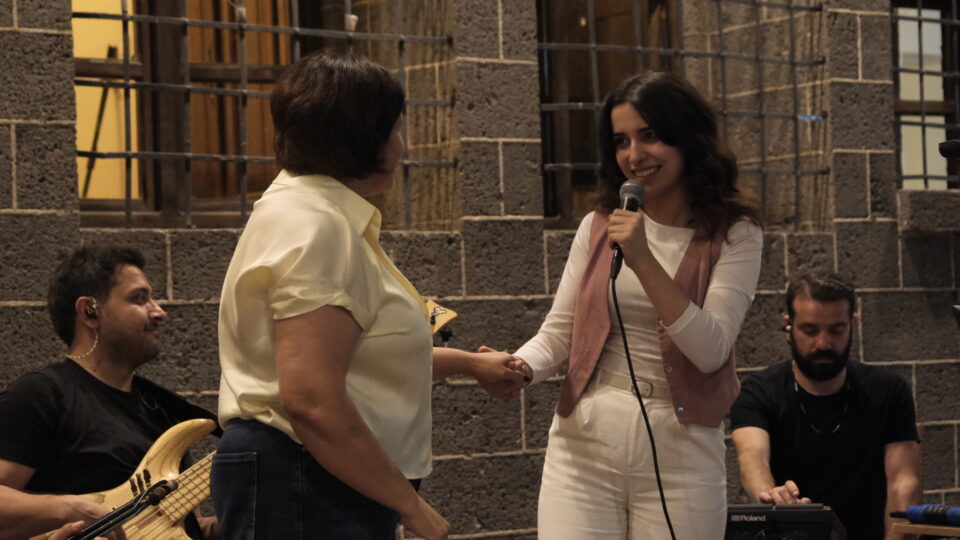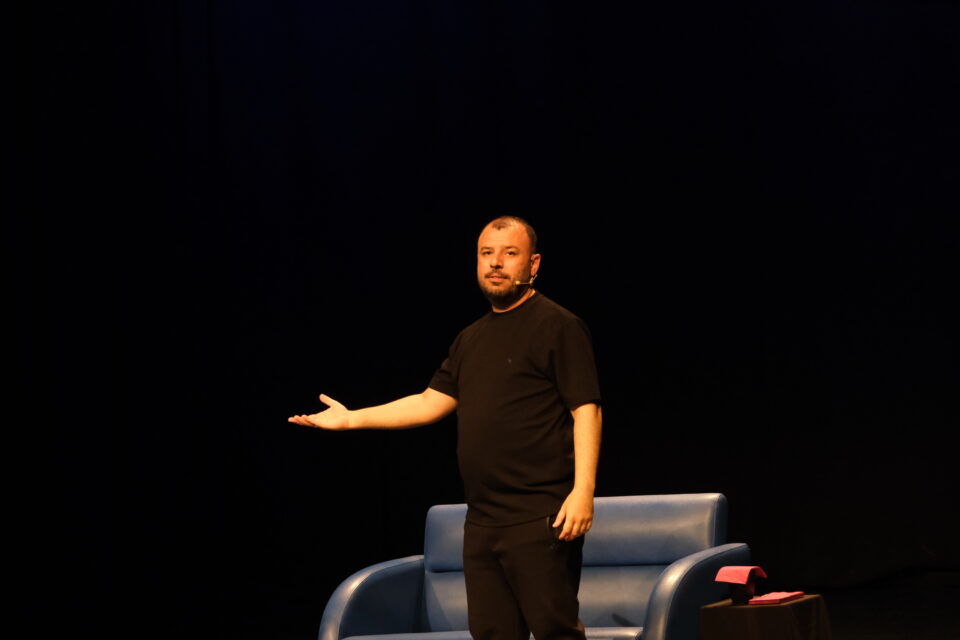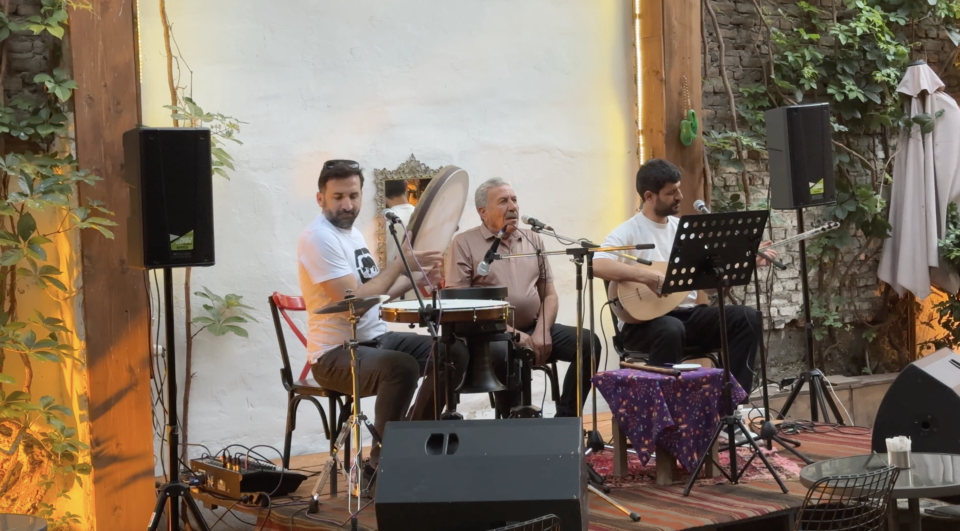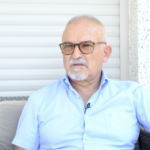
Forgotten traditions in Kurdish villages of Central Anatolia: Stories from the village of Mikaîla
25.09.2025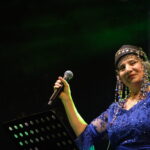
Kurdish artist Beşer Şahin was in Diyarbakır after 30 years
06.10.2025Ebubekir Sinayiç, who lives in the village of Şabani in Cizre, has turned his garden into an open-air museum dedicated to history. Sinayiç, who has carved the traces of many civilizations from Egypt to Mitanni, and from Assyria to Rome onto a 3-4 ton stone, also displays old tools and equipment he has collected from the villagers, inviting people to connect with the past.
A master passionate about history: Ebubekir Sinayiç
Forced to give up his job as a driver due to illness, Sinayiç transferred his childhood interest in painting and drawing onto stones. For him, history is like the beginning of a twist in a sweater:
“If a person wants to continue history, they should find that twist and look at history.”
Sinayiç’s greatest wish is to have a workshop provided for him in Cizre. This way, he wants to both teach this art to students and make the lost cultural heritage visible again.
Traces of Mitanni, Rome, and Al-Jazari on stones
In the patterns he carved on the large stone in his garden, it is possible to find symbols of different civilizations. Motifs from the Mitanni period, figures from the Roman era, the seal of Prophet Moses, and depictions of the Virgin Mary and her children are all carved side by side on the stone. Sinayiç has also added his own interpretations, inspired by Al-Jazari’s three-dimensional works.
An exhibition of old items from the past to the present
The garden contains not only stone patterns, but also many tools and utensils used in the region’s past. Old scales, lamps, axes, agricultural tools, cassettes, and more… Each has its own story. Some are family heirlooms, some were collected from the village, and some have been rediscovered after being forgotten.
“The history of the Kurds is very old, a stolen history”
Ebubekir Sinayiç draws attention to Kurdish history in particular, saying:
“The history of the Kurds is very old, they have stolen our history. Cuneiform writing is very important, if it came to light, everyone would be shocked. My concern is that our people know our history.”
The dream of an open-air museum in Cizre
Sinayiç, who has been delighting visitors to his village with the works he completed in about 10 months, summarizes his biggest goal with these words:
“Let’s make these designs in parks. Let people who come to Cizre see our history. I want to teach and keep this work alive.”

